In the days immediately following Russia’s attack on Ukraine, members of the Kyiv Biennial set up the Emergency Support Initiative. While many initiatives exist to help artists and cultural workers fleeing the war, this one has remained in the Ukrainian capital and is funding projects of artists who have decided to stay. Months later, in an interview with one of the founders Serge Klymko, we ask about how cultural life can continue in the fragile context of war.
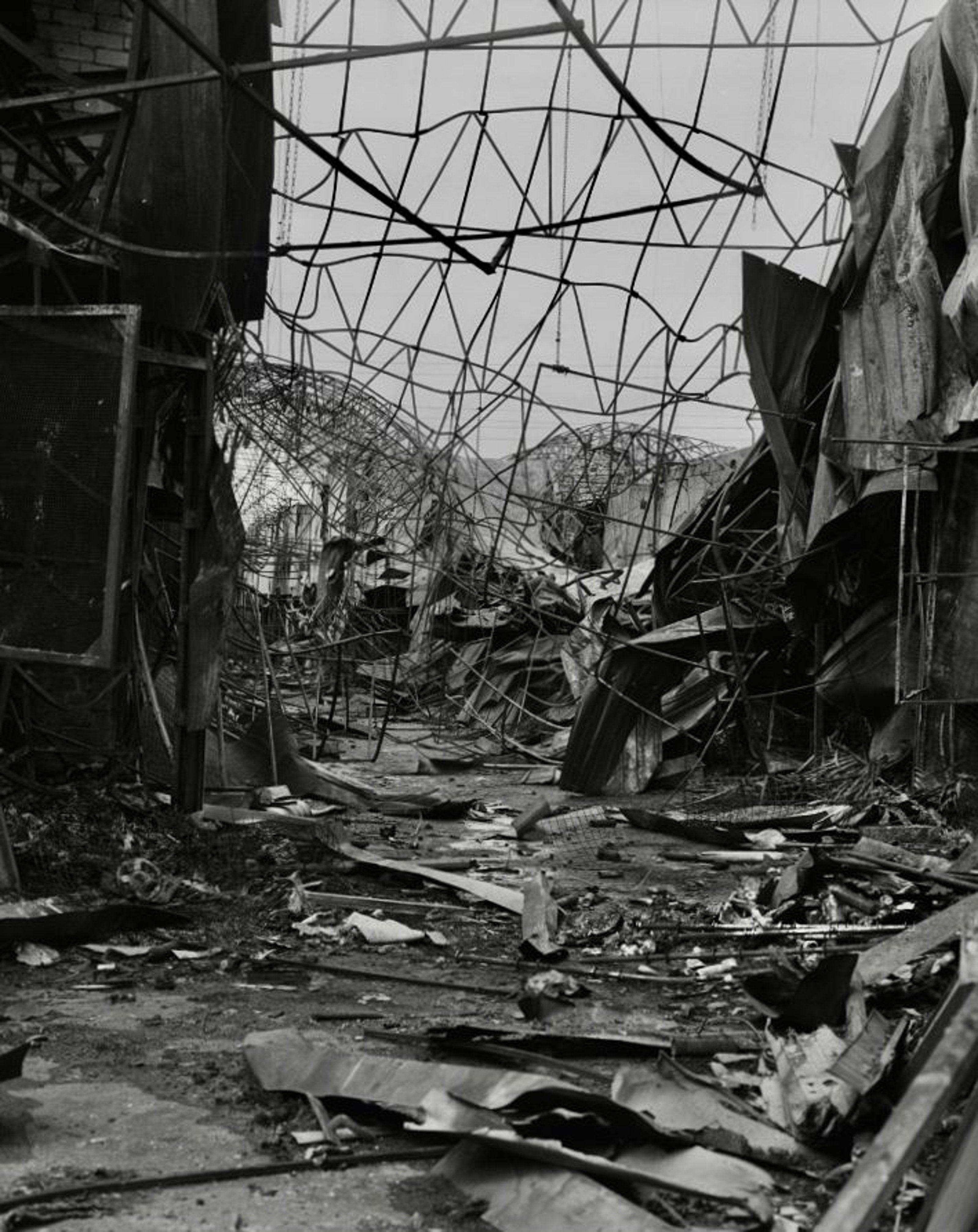
Yana Kononova / Radiations of War, 2022.
Serge Klymko is a curator and journalist currently working as managing director at the Kyiv Biennial and founder of ESI (Emergency Support Initiative). This fund was started in reaction to the war in Ukraine and has worked to provide funds for artists to find safety within Ukraine. More than 6 months after the start of the war, curator and writer Àngels Miralda asks a few questions about the initiative and how artists have continued working in this context.
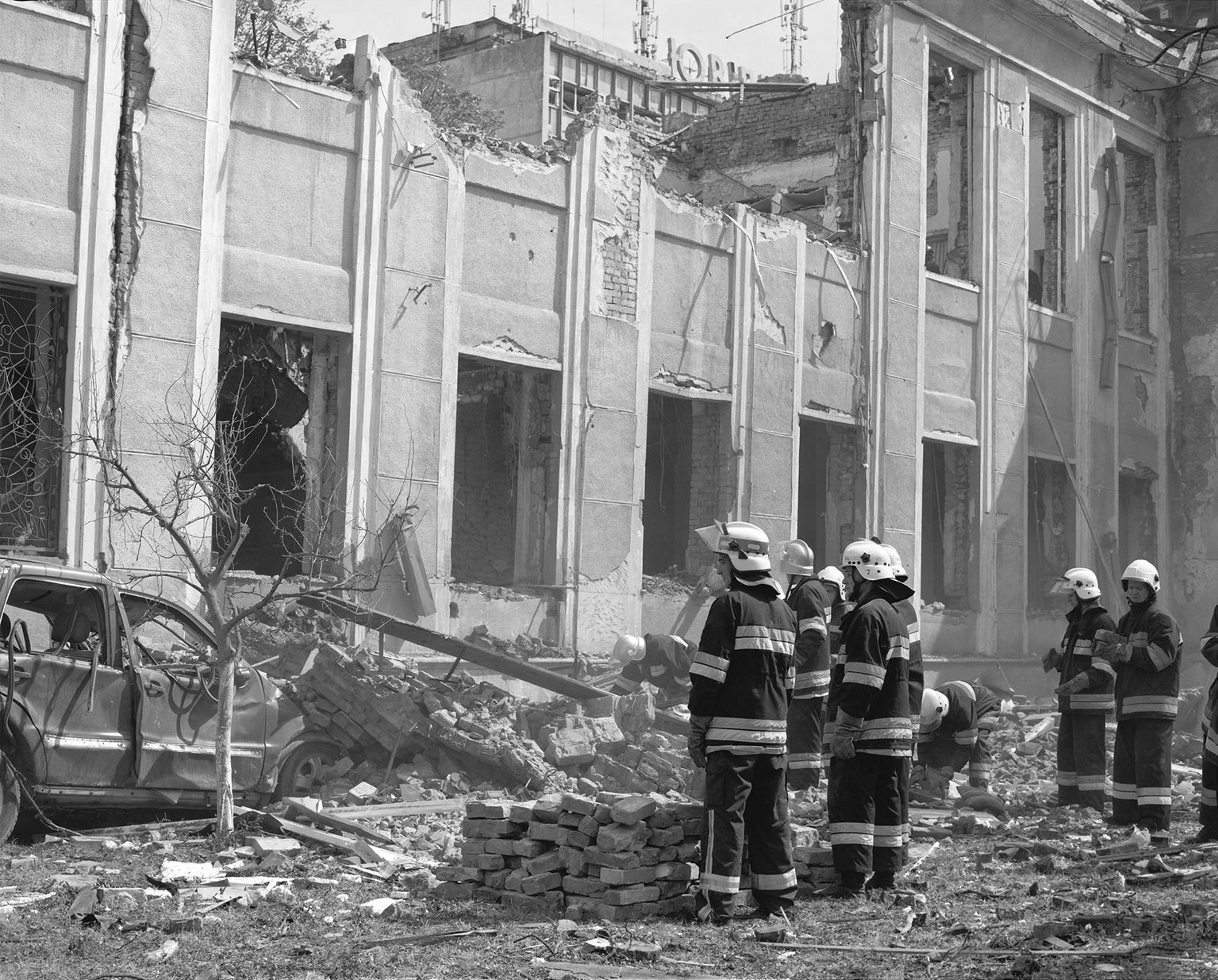
Yana Kononova / Radiations of War, 2022. Courtesy Yana Kononova.
Àngels Miralda: Hello Serge, I have to say it’s a humbling experience every time to speak to you and to feel so close to this ongoing conflict. I hope this interview brings that feeling to more people. So, I want to start by asking how things are in Kyiv: what is the mood?
Serge Klymko: At the moment I’m living between Kyiv, Poltava, and Uzhgorod. Living and working in a cultural field in Kyiv became complicated due to the ongoing war: many people who were active in culture moved to Western Ukraine or the European Union. The art scene is quite depleted now in the capital. Before the shelling there was a feeling that Kyiv was safe and returning to normality. Many people returned and started to work in different fields, but after October 10th the feeling and the mood has changed drastically. Nothing is over, nothing is safe, even in the capital. That attack was on the power infrastructure of Ukraine so now there will be a shortage of electricity. There will be time-windows of power supply—in the worst case half the day will be without electricity.
ÀM: How are major cultural institutions reacting within Ukraine?
SK: Museums are still programming. Right now when somebody says “Ukraine” it is hard to generalise, because it is not a homogeneous situation like before the war. When you say Ukraine it could be Kharkhiv, Zhaporizhiya, or even Kherson which is under constant shelling or even occupation. On the front line normal life and work is totally impossible. There is also Western Ukraine where life is almost normal: there are no troops or constant shelling. This disparity creates quite a schizophrenic feeling. Before the war I was thinking—how is it possible that in places like Syria there is war but people continue their normal life? Now I understand what these conditions of “normality” are because it is necessary to preserve the feeling of regularity in order to keep the economy and our lives going. Somehow we need to continue instead of constantly focusing on the horrific things happening in the East of the country. It’s a constant schizophrenic situation where you need to keep in mind that the war is ongoing but also that life is going on. For example, now I was on Zoom attending a lecture in Basel Art and Design Academy, continuing my Ph.D. just after checking the newsfeed of bombings that happened an hour ago less than 100 miles from my home.
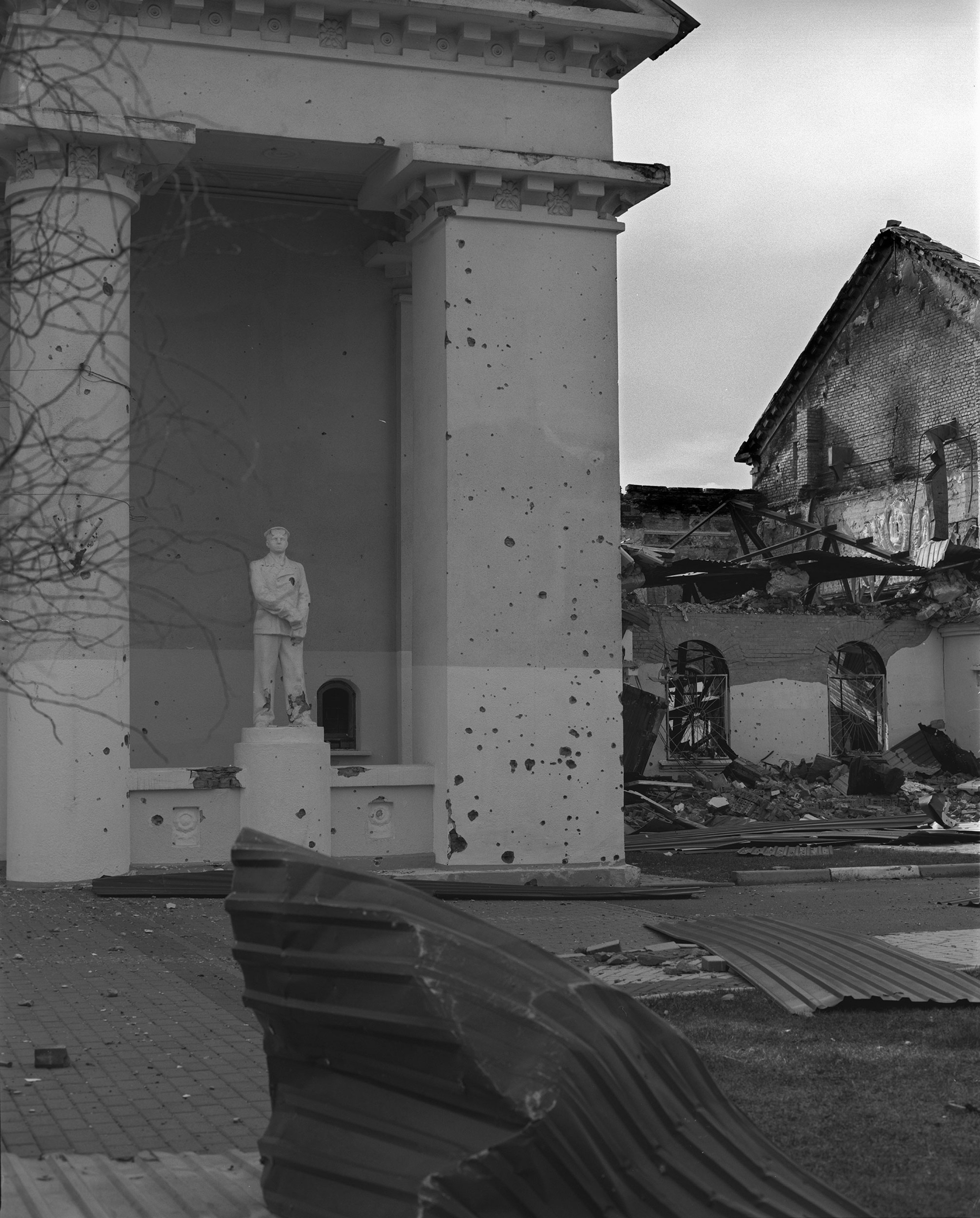
Yana Kononova / Radiations of War, 2022.
On the front line, museum workers are trying to preserve their collections. Without electricity or heating they are all working to keep the cultural heritage safe and I really admire this. I thought survival instinct would be stronger but people still care about preserving artworks and artefacts of history even in war. In Kyiv, there is not an intense programme in institutions but art life is still vibrant and active in Lviv, Ivano-Frankivsk or Uzhgorod. There are art shows continuing and opening in the West of the country. A lot of cultural workers and artists moved there and continued their work in these cities.
ÀM: The latest edition of the Kyiv Biennial launched in 2021. Since the outbreak of the war, the Biennial team has launched ESI (Emergency Support Initiative). This is interesting because unlike many funds that support the relocation of Ukrainians this one specifically helps those who have remained. Can you explain how this works and who it has helped so far?
SK: We work on three topics: 1) We directly support artists and cultural workers who happen to be victims of the war. They are mostly from central and eastern regions of the country. People can apply directly for help and we work with individual requests. A lot of them are museum workers who have stayed and are supporting museums in dangerous areas. These are the people who are saving unique cultural heritage. 2) We also work with artist residencies in the Western regions like Lviv, Ternopil, Uzhgorod, Ivano-Frankivsk so that artists can go there and continue their work. 3) We support small artistic projects that work with issues of post-migration, war, and which reflect on the current situation in Ukraine.
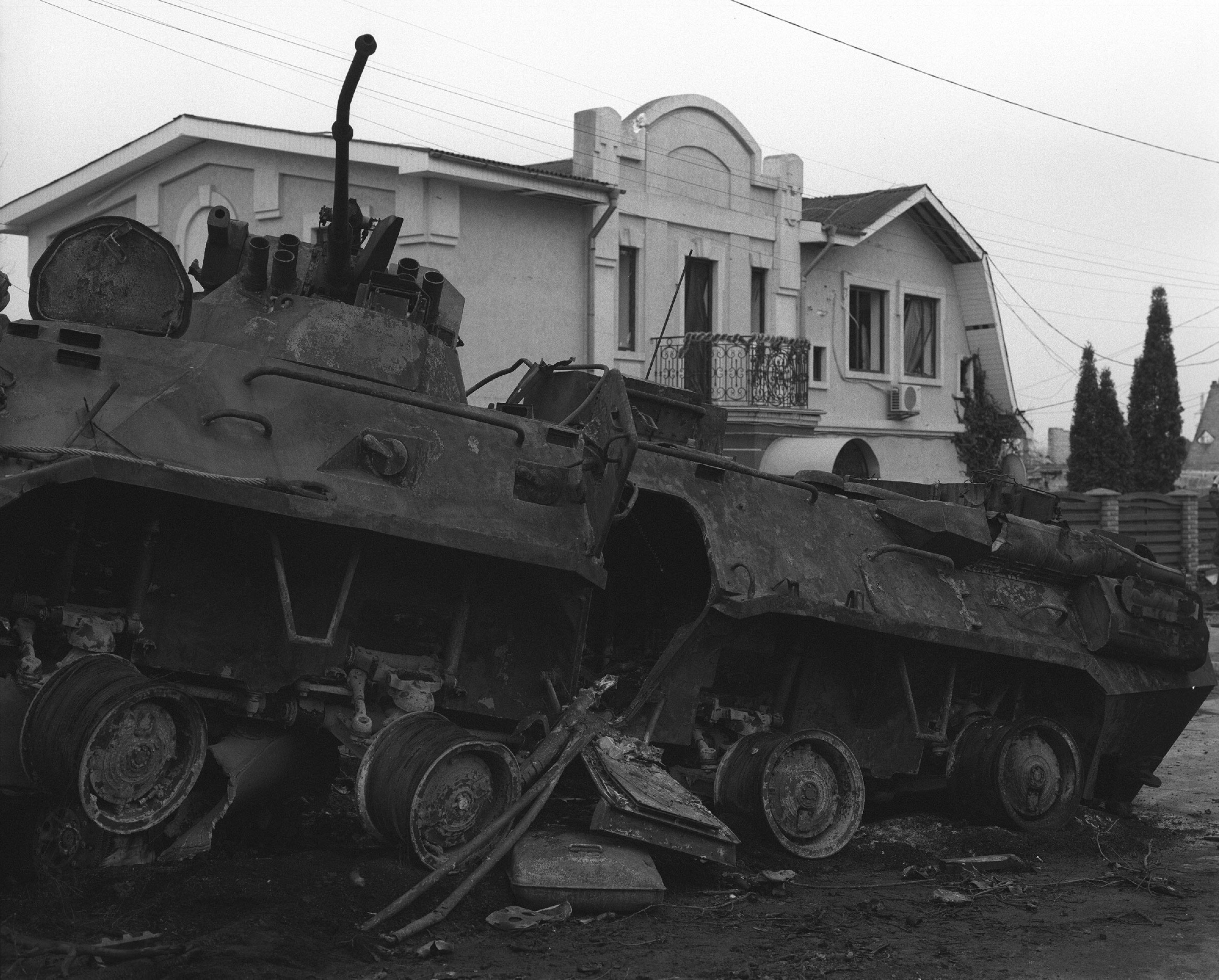
Yana Kononova / Radiations of War, 2022. Image courtesy Yana Kononova.

Pavlo Derhachov / Otel’, Kyiv, 2022.
ÀM: Can you provide some examples of projects that you have funded?
SK: One example is the photography project of Yana Kononova. She is working in the occupied territories of Ukraine—those that have been under the rule of the Russian army and have now been liberated. She documented these places where the war happened just a few days ago.
Yana Kononova was born on the island of Pirallahi in the region of Nagorno-Karabakh. During the first Nagorno-Karabakh war in the late 1980’s and early 1990’s her family emigrated to Ukraine. She focuses on documenting evidence of war crimes and destroyed civilian infrastructure. She is an emerging photographer whose biography is marked by war, so this is a powerful project aimed at denouncing the ongoing horrors and advocating for justice. She is an example of an artist who applied individually for support from those regions and we have been able to fund a part of her project.
We also funded Pavlo Derhachov, the founder of Otel’—one of the 90’s clubs in Kyiv that was very active before the war. It was a famous queer club that hosted parties until the outbreak of the war, when they transformed their space into a volunteer location. They worked to collect supplies for the army and made molotov cocktails when the war was in Kyiv. They also hosted medical and tactical training for volunteers. Now the space is mixed because nightlife is problematic under curfew. Cultural events do not go later than 10pm—afterwards you have to go home. Clubs have switched to day-time activities like shows, concerts, day-clubbing, and this one is trying to work as a club to host music events but continues to be a centre for volunteering and collecting medicine and ammunition. It’s a mixed cultural and volunteer spot which is a common situation in Kyiv—most small cultural or independent institutions have switched to charity work. They try to help while also preserving their cultural profile.
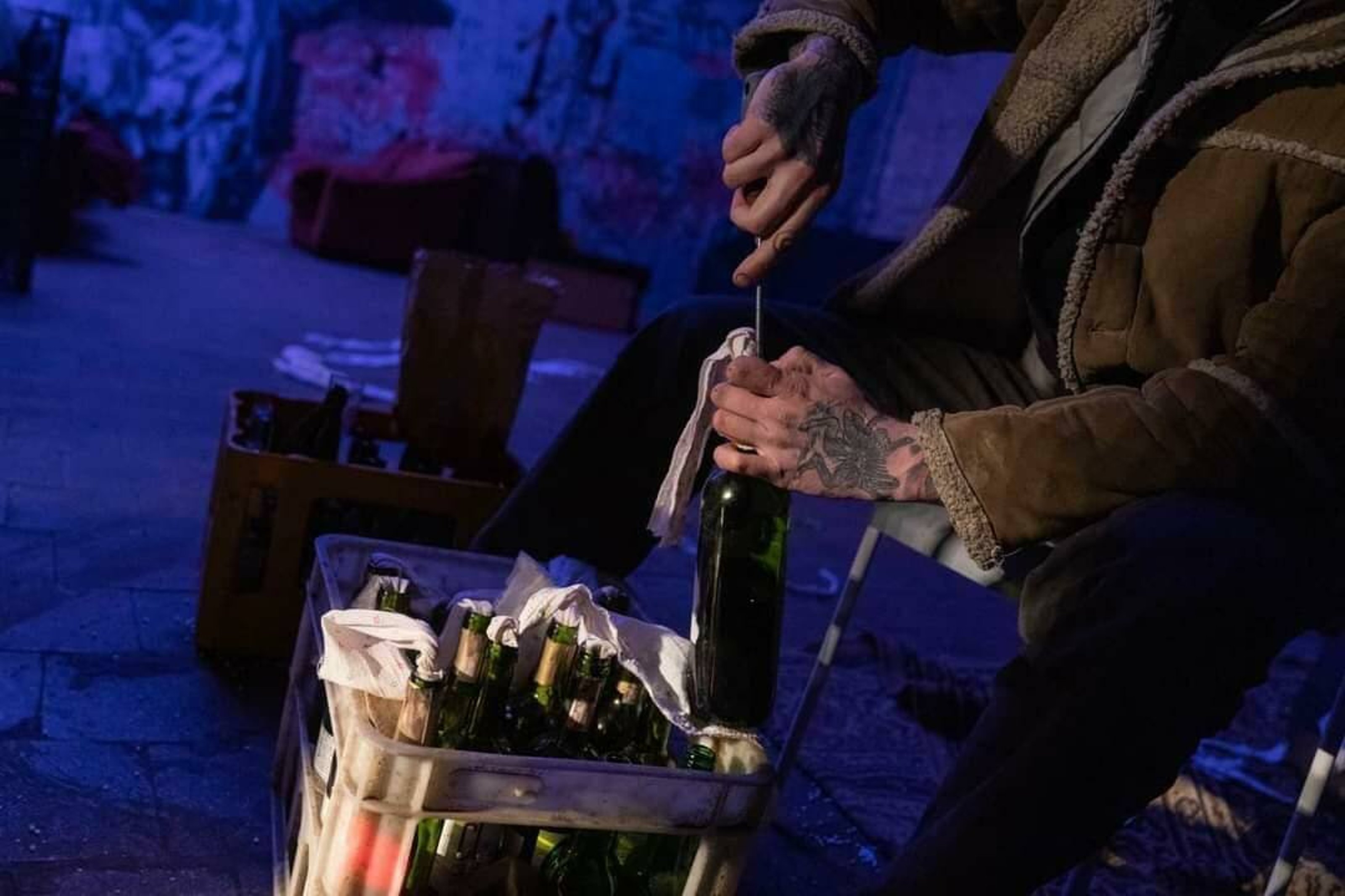
Pavlo Derhachov / Otel’, Kyiv, 2022. Image courtesy Pavlo Derhachov.
Even at times of war culture is necessary to preserve a sense of normality. Otel’ is one of the places where cultural agents can meet face-to-face and young performers can play. This is culture with a tangible impact because proceeds are all going back to the war—for instance, one program featuring a line-up of young indie artists raised funds for tombstones to commemorate soldiers who fell in the war. Derhachov said he doesn’t find this frightening, but rather, inspiring because everybody is working in unity towards a common goal.
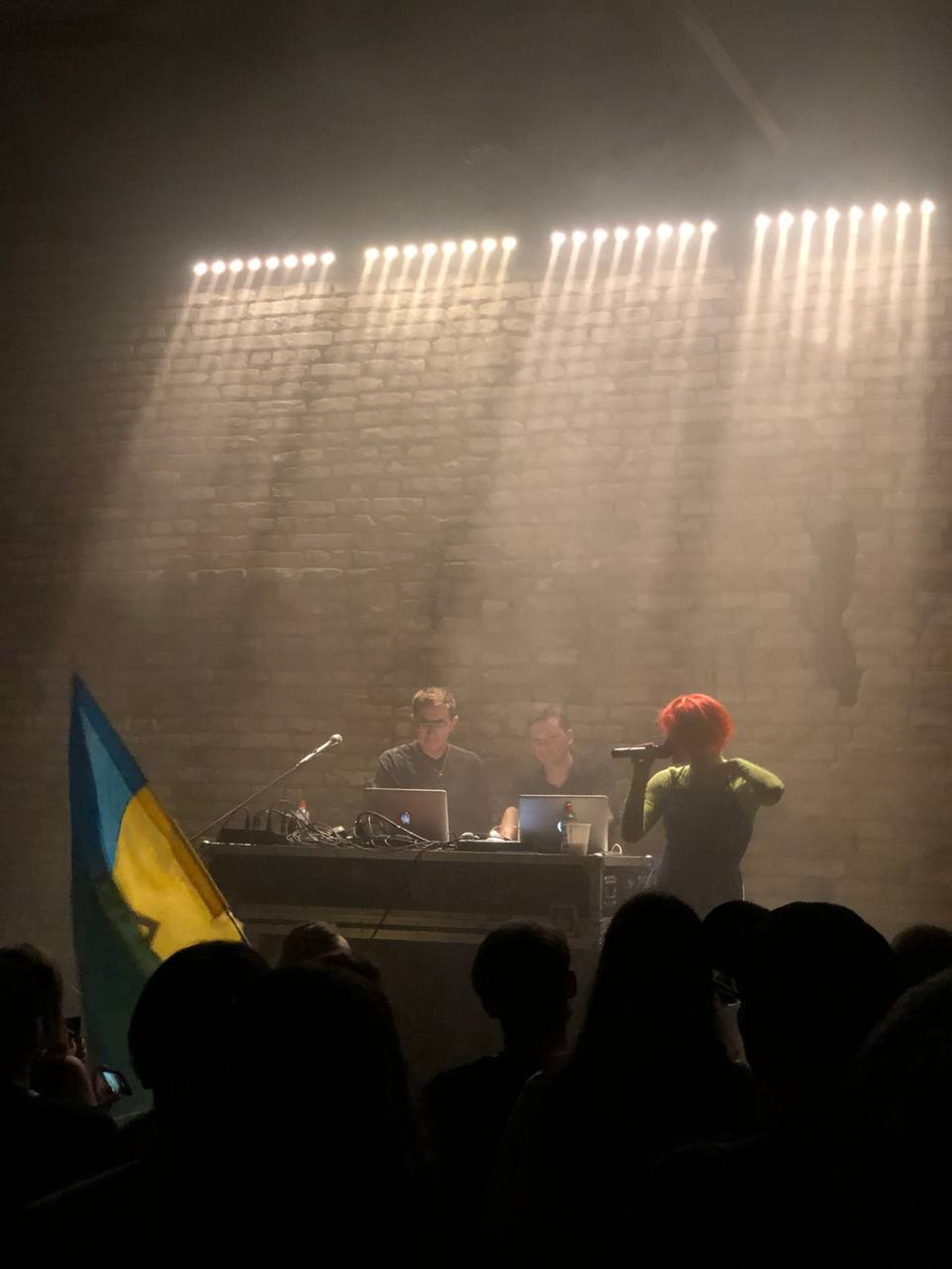
Pavlo Derhachov / Otel’, Kyiv, 2022. Image courtesy Pavlo Derhachov.
ÀM: I also want to ask about the relation to crypto-currencies. These have been used in Ukraine to navigate financial obstacles. Can you explain how this entered the initiative and what the crypto donations have helped with in your efforts?
SK: During the first days of the war it was completely unpredictable how the bank system would react and how stable it would be going forward. We didn’t know if they would be operational after the attacks. Lots of people tried to switch to crypto—a lot of our first donations we accepted in crypto. It was easy, fast, and reliable. Afterwards, it became clear that the bank system survived. Now it is operational but still, there are some transactions that are faster and cheaper to do in cryptocurrency. We had a donation from a hackathon with a charity purpose. They donated the income of this hackathon to our initiative in crypto currency.

Yana Kononova / Radiations of War, 2022.
ÀM: Is it possible to plan for the future in your situation or are you focusing on the immediate situation?
SK: We are mostly focusing on the immediate situation. We have to react quickly to the circumstances that are changing every day. The situation is unpredictable. We are also coming to terms with the fact that this unpredictability will last. In that way the impossibility of planning in advance is the way we work. Impossibility is a strategy to continue our work, we have to be ready for new challenges. The amount of work will not decrease, even when the situation at the front gets better our work will increase, it will take a very long time for culture to get back to “normal” —almost all governmental cultural structures are working with no budget at the moment. All state resources are going to the war and to the front line, leaving nothing for culture or arts, which is why we started the initiative. We never had a good situation with public funding before the war but now it is nonexistent so we largely rely on donations, charity actions and Western foundations—but mainly on the enthusiasm of people, on solidarity, and on volunteers.
ÀM: Thank you for your answers Serge, Slava Ukraini!